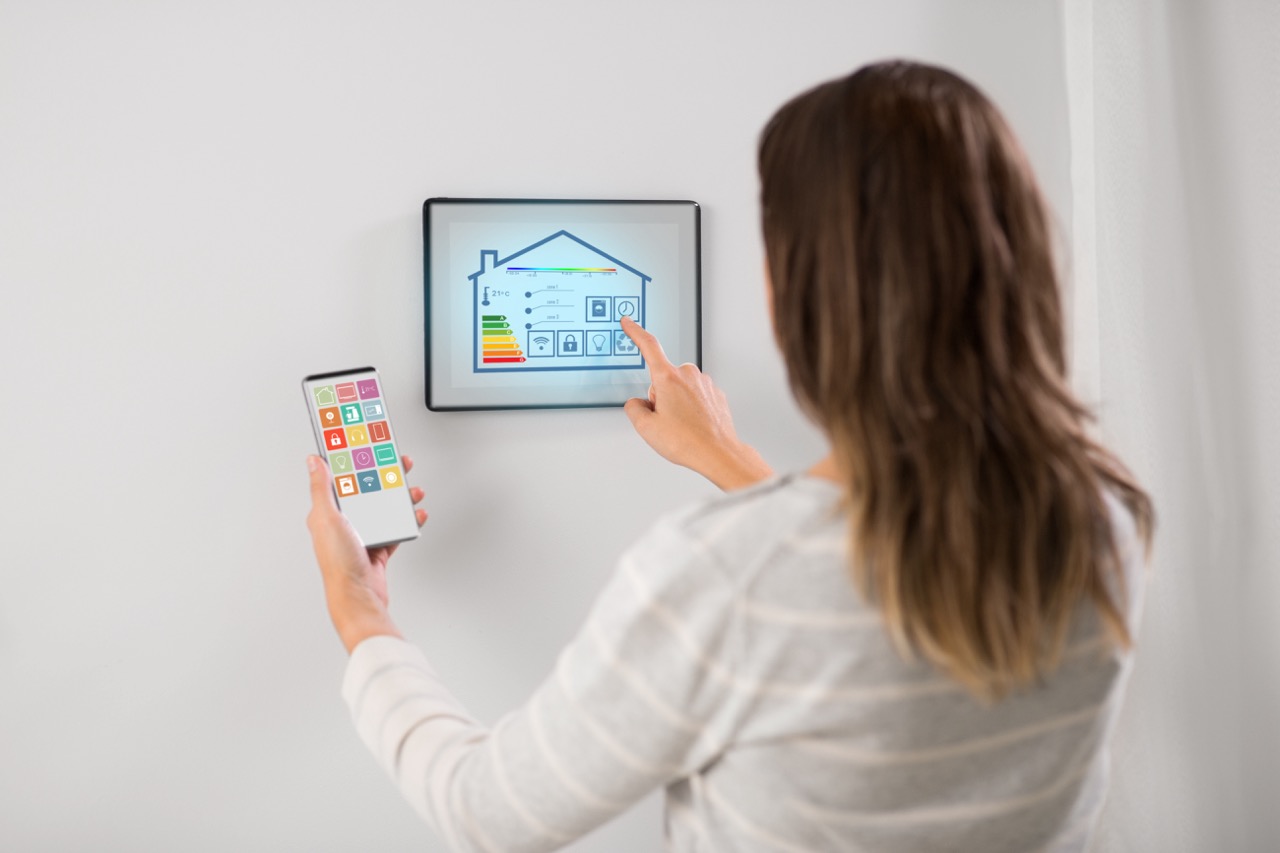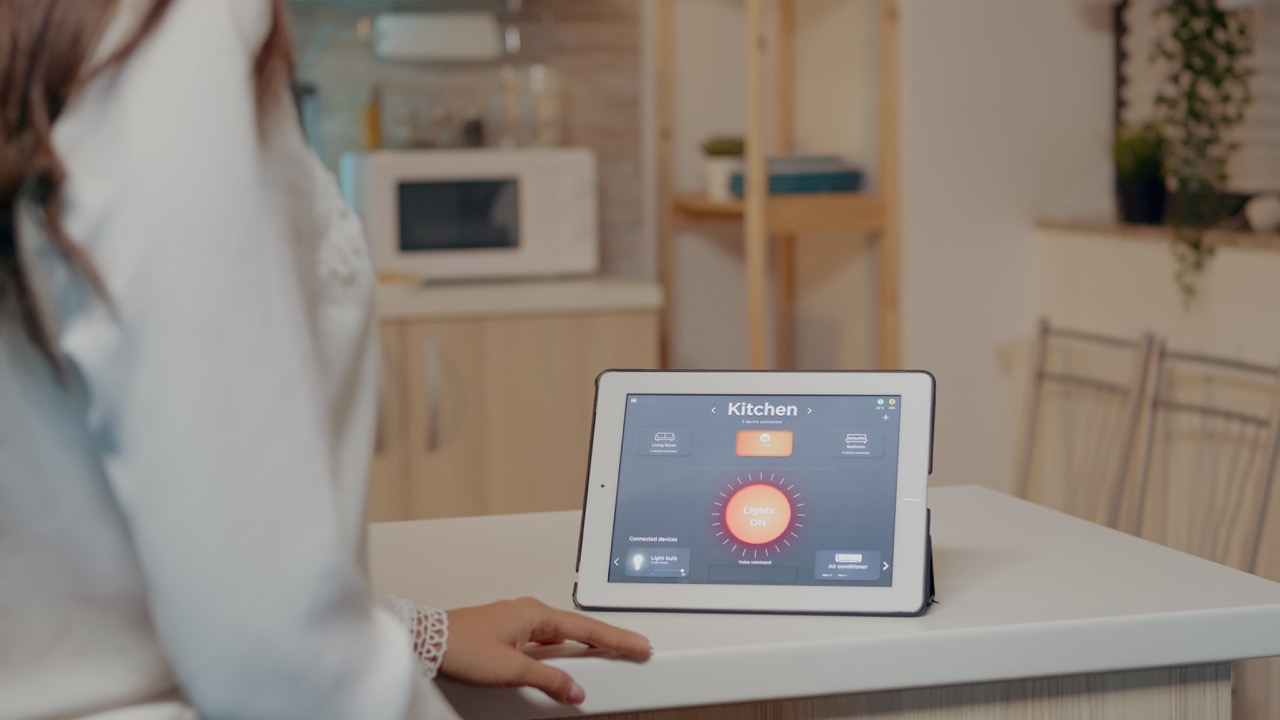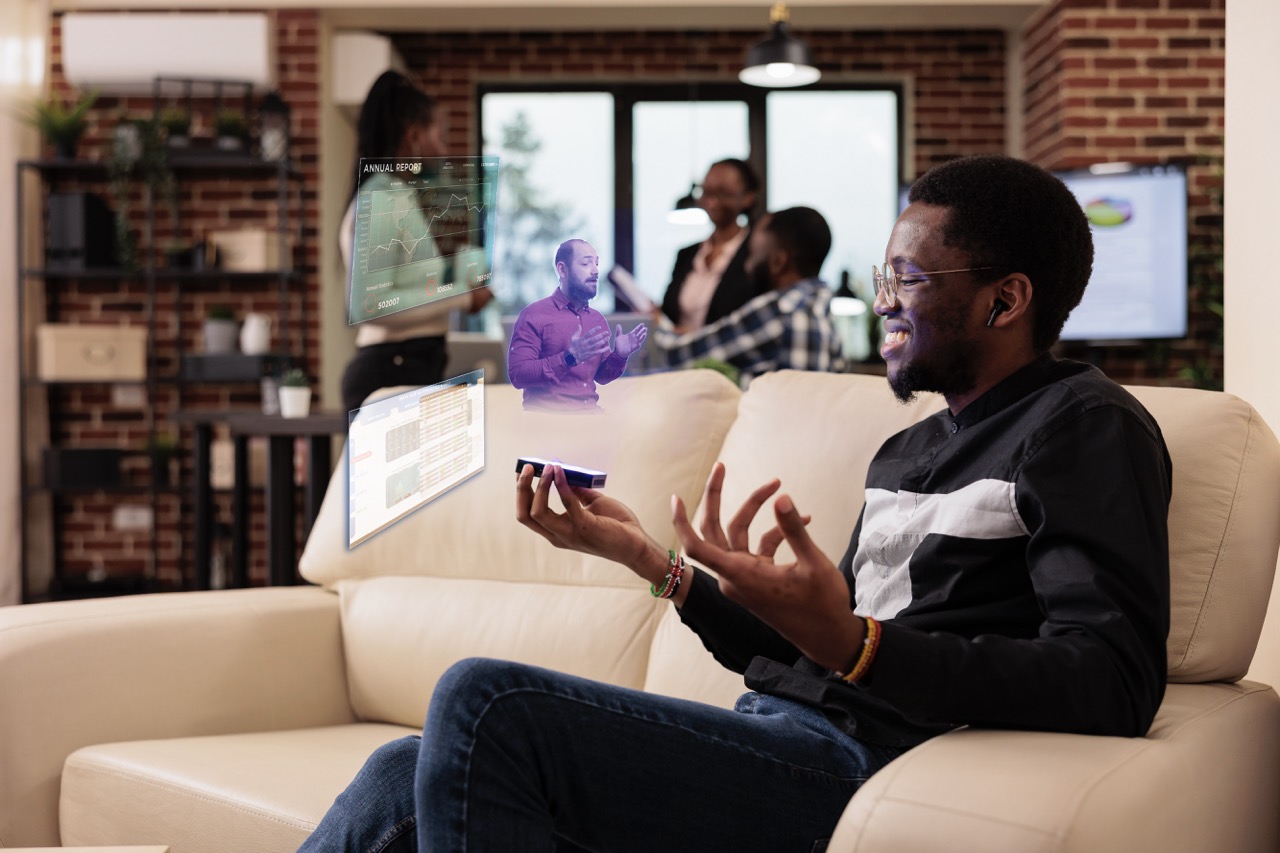In recent years, voice-controlled smart devices have become an integral part of our daily lives. From virtual assistants like Amazon’s Alexa to Google’s Assistant, these technologies have transformed how we interact with our gadgets and manage our environment. However, the journey to creating the first voice-controlled smart device is rich with innovation and collaboration across various fields. This article delves into the evolution of voice-controlled technology, the key players behind its development, a historical perspective on early smart devices, and the broader impact of the first voice-controlled device on society.
The Evolution of Voice-Controlled Technology in Smart Devices
Voice-controlled technology has its roots in the early days of artificial intelligence (AI) and natural language processing (NLP). The late 20th century saw significant advancements in computing power and software algorithms, which laid the groundwork for voice recognition systems. In the 1980s, researchers began developing basic voice recognition software capable of understanding simple commands. The evolution of this technology was gradual, with improvements in accuracy and responsiveness over the decades, driven by both technological advancements and increasing consumer demand for hands-free interaction.
By the 1990s, voice recognition technology had made considerable strides, with companies like IBM introducing systems that could recognize a limited vocabulary of spoken words. However, it wasn’t until the advent of cloud computing and machine learning in the 2000s that voice-controlled technology surged forward. Enhanced processing capabilities allowed for real-time speech analysis and natural language understanding, which were critical in improving the functionality of smart devices. This period marked a transformative phase, as developers began integrating voice control into consumer electronics, paving the way for the smart device revolution.
The release of Apple’s Siri in 2011 marked a significant turning point in the evolution of voice-controlled technology. As one of the first voice-activated virtual assistants available on a smartphone, Siri demonstrated the commercial viability of voice recognition systems. This breakthrough spurred a competitive landscape among tech giants, leading to the development of similar technologies by companies like Google and Amazon. The integration of voice control in smart devices became increasingly sophisticated, allowing users to perform a wide range of tasks simply by speaking, further embedding these technologies into everyday life.
Pioneering Innovations: Key Players in Voice Recognition
The journey to the first voice-controlled smart device was not the result of a single inventor, but rather a collaboration of several pioneering innovators and tech companies. IBM played a crucial role in the early development of voice recognition technology in the 1980s with their "Via Voice" software, which allowed users to dictate text and control applications on their computers. This laid the foundation for integrating voice commands into devices. Simultaneously, Dragon Systems introduced "Dragon NaturallySpeaking," which significantly advanced voice-to-text capabilities and showcased the potential for voice-controlled interaction in personal computing.
As the 2000s unfolded, companies like Nuance Communications emerged as leaders in voice recognition technologies. Their software was utilized in various applications, including customer service and healthcare, allowing for hands-free operation and improved efficiency. Nuance’s engine was eventually integrated into many smartphones and smart devices, further popularizing voice control among consumers. This period also saw the rise of internet connectivity and cloud computing, which allowed these technologies to evolve beyond local processing and opened the door for more complex interaction models.
The introduction of voice-activated virtual assistants changed the landscape of voice recognition technology. Apple’s Siri, Amazon’s Alexa, and Google Assistant all emerged from this innovation wave, showcasing the seamless integration of voice control in daily tasks. Each of these entities added unique features to their systems, with Apple focusing on personal assistance, Amazon embracing smart home integration, and Google leveraging its search engine capabilities. Together, they have propelled voice-controlled smart devices into the mainstream, revolutionizing how we interact with technology.
A Historical Perspective on Early Smart Devices
The concept of smart devices dates back to the early 20th century when devices like the radio and television began to incorporate basic automation features. However, the term "smart device" gained traction in the late 20th century with the introduction of programmable thermostats and security systems. These early devices relied on manual input and simple timers but laid the groundwork for the more advanced technology that would follow. As technology progressed, the integration of communication protocols and microcontrollers gave birth to devices capable of more intelligent operations.
The dawn of the internet and wireless connectivity in the early 2000s marked a significant shift. Smart devices began to appear in homes, with the advent of Internet of Things (IoT) technology enabling devices to communicate and share data. Companies started to envision a future where appliances would not only perform tasks but could also be controlled through mobile applications. The stage was set for voice control to become the next frontier in smart technology, as users sought to simplify their interactions with an increasing number of connected devices.
In 2011, the introduction of Apple’s Siri changed the narrative around smart devices. Siri was more than just a voice recognition tool; it represented a new way to interact with technology using natural language. Following Siri’s success, other manufacturers quickly jumped on board, launching their own voice-controlled assistants. This shift toward voice-enabled smart devices not only enhanced user experience but also fostered the development of smart home ecosystems, where multiple devices could work in concert through voice commands. The groundwork laid by early smart devices was crucial in this transition, demonstrating the potential for more intuitive interactions with technology.
The Impact of the First Voice-Controlled Device on Society
The introduction of the first voice-controlled smart device has had a profound impact on society, fundamentally altering the way individuals interact with technology. With the ability to control devices through simple voice commands, users gained unprecedented convenience and accessibility. This shift was particularly significant for people with disabilities, who found voice control to be a game changer in operating their homes and accessing information. The democratization of technology through voice interaction has made it easier for all users, regardless of their technical expertise.
Moreover, the proliferation of voice-controlled devices has influenced various aspects of daily life, from home automation to personal productivity. Smart speakers, like Amazon Echo and Google Home, have become central hubs in many households, allowing users to control lighting, thermostats, and entertainment systems with ease. This integration has not only improved the quality of life for many individuals but has also driven a cultural shift toward the acceptance of technology as an everyday partner in managing tasks and responsibilities.
The societal implications of voice-controlled smart devices extend beyond mere convenience; they have ushered in a new era of interaction with technology. This shift has raised important discussions around privacy, data security, and the ethical use of AI. As voice-controlled technology becomes more ingrained in society, it is crucial to address concerns about surveillance and the management of personal information. The first voice-controlled device opened the floodgates for innovations that continue to shape our world, making it essential to consider the broader ramifications of this technological evolution.
The creation of the first voice-controlled smart device marked a pivotal moment in the evolution of technology, transforming the relationship between humans and machines. Through a rich history of innovation and collaboration, voice recognition technology has evolved to become a commonplace utility in our lives. Understanding the journey that led to these advancements allows us to appreciate the significance of voice-controlled devices in modern society while also recognizing the challenges and responsibilities that accompany such remarkable progress. As technology continues to advance, the future of voice-controlled interactions promises to be even more integrated and sophisticated, shaping the way we communicate with the world around us.








